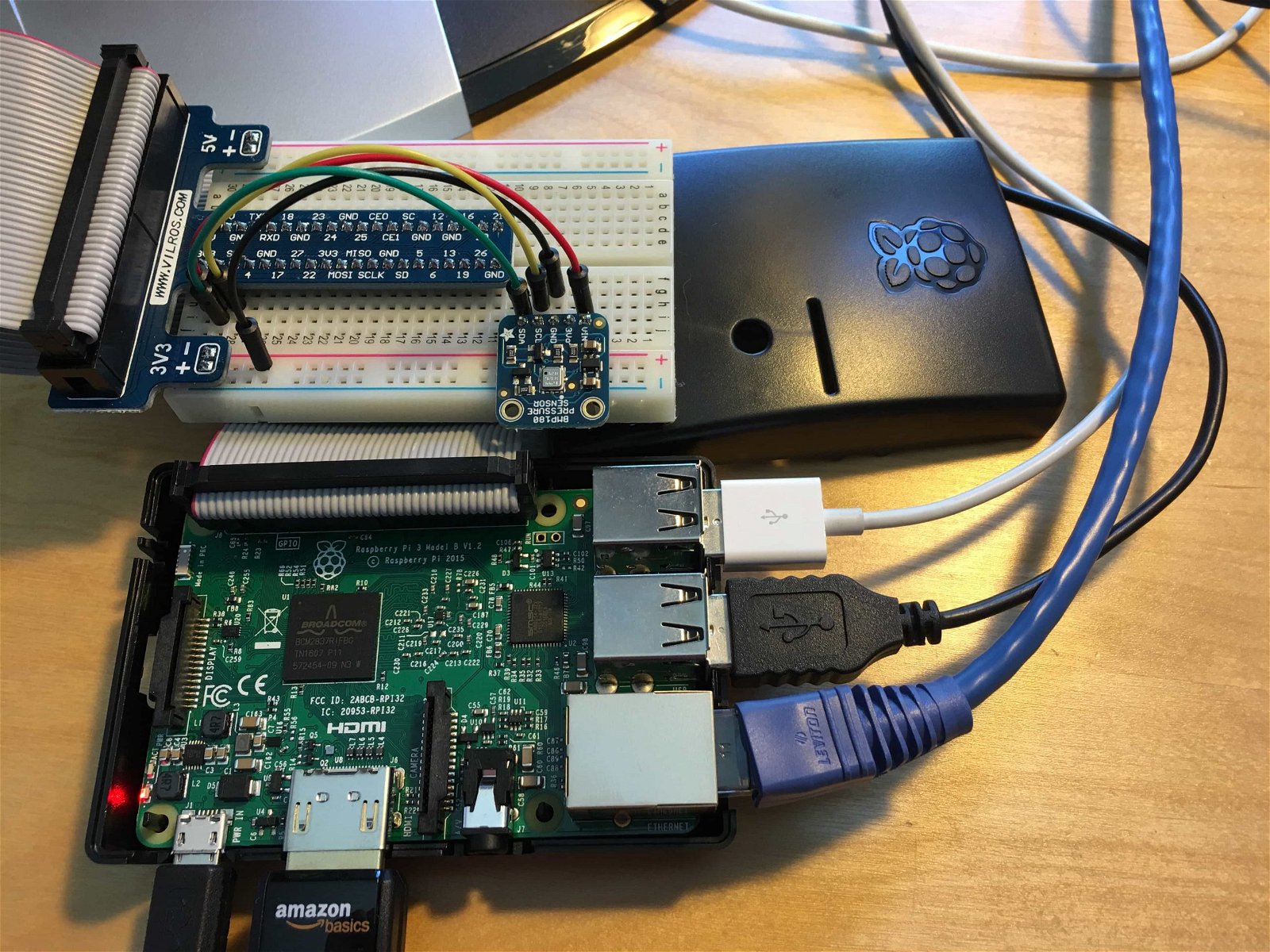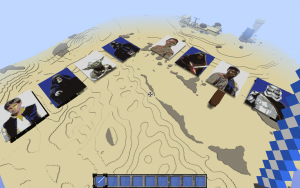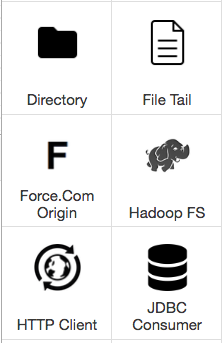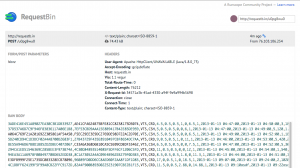Standard Deviations on Cassandra – Rolling Your Own Aggregate Function
 If you’ve been following the StreamSets blog over the past few weeks, you’ll know that I’ve been building an Internet of Things testbed on the Raspberry Pi. First, I got StreamSets Data Collector (SDC) running on the Pi, ingesting sensor data and sending it to Apache Cassandra, and then I wrote a Python app to display SDC metrics on the PiTFT screen. In this blog entry I’ll take the next step, querying Cassandra for statistics on my sensor data.
If you’ve been following the StreamSets blog over the past few weeks, you’ll know that I’ve been building an Internet of Things testbed on the Raspberry Pi. First, I got StreamSets Data Collector (SDC) running on the Pi, ingesting sensor data and sending it to Apache Cassandra, and then I wrote a Python app to display SDC metrics on the PiTFT screen. In this blog entry I’ll take the next step, querying Cassandra for statistics on my sensor data.
 Since its inception last October, the
Since its inception last October, the  In the unlikely event you’re not familiar with the
In the unlikely event you’re not familiar with the  Back in January,
Back in January, 
 A couple of weeks ago, as May the 4th approached, a lively Star Wars debate brewed at StreamSets:
A couple of weeks ago, as May the 4th approached, a lively Star Wars debate brewed at StreamSets: UPDATE – Salesforce origin and destination stages, as well as a destination for Salesforce Wave Analytics, were released in StreamSets Data Collector 2.2.0.0. Use the supported, shipping Salesforce stages rather than the unsupported code mentioned below!
UPDATE – Salesforce origin and destination stages, as well as a destination for Salesforce Wave Analytics, were released in StreamSets Data Collector 2.2.0.0. Use the supported, shipping Salesforce stages rather than the unsupported code mentioned below! “My X isn’t on the list! How do I get started writing that custom code?”, I hear you shout; well, I just wrote a
“My X isn’t on the list! How do I get started writing that custom code?”, I hear you shout; well, I just wrote a